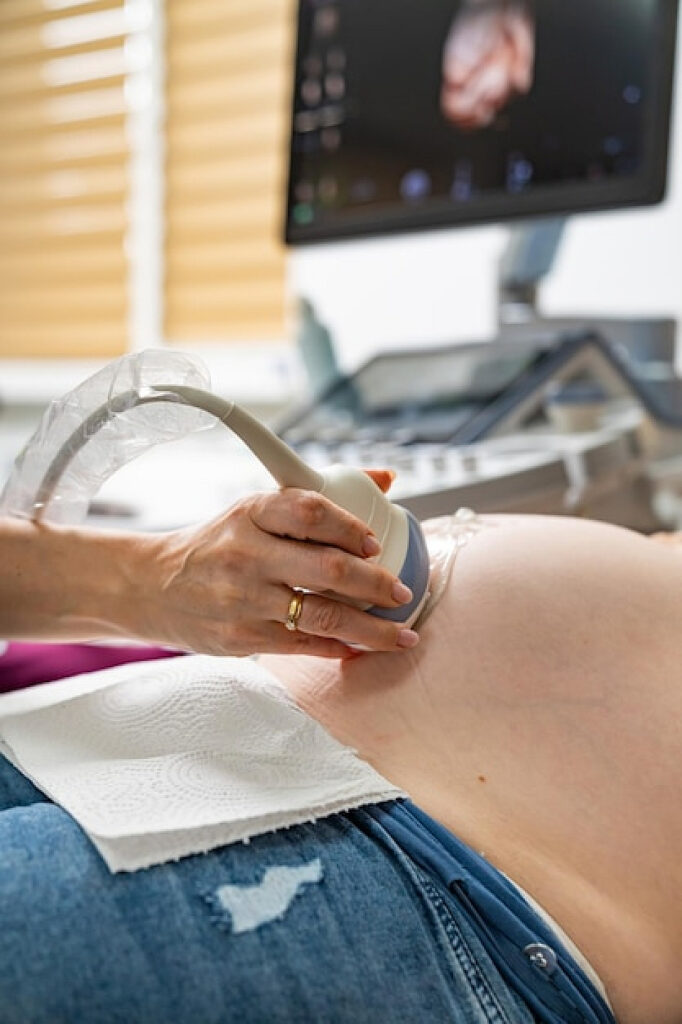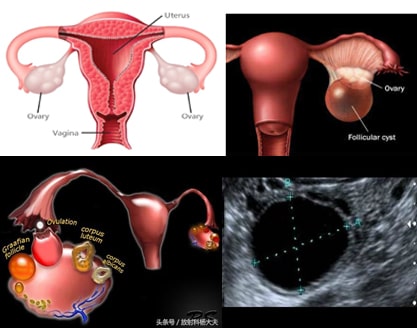- Home
- Infertiliy
- Follicular Monitoring
Follicular Monitoring - Ovulation Tracking in IVF
This is one of the foremost tests in assisted reproduction that gives hope to millions of couples who want to have a baby. Follicular study and monitoring are done to study ovarian follicles that are used to identify ovulation of egg. It is an ultrasound scan done inside the vagina to study the ovaries, uterus and uterus lining. A follicle scan should be done several times during a woman’s menstrual cycle, usually from days 9-20. A basically painless procedure, a follicle scan lets the doctor see the development of the follicle within the ovary.
The Follicular Monitoring process is the serial ultrasonic monitoring of ovarian follicles, which helps in identifying correctly the time of egg maturity. It is then followed by advice for natural contact/intrauterine insemination/ egg collection for IVF. Here, the end procedure is decided on a case-to-case basis.

What is a follicular study?
A woman is born with millions of immature eggs waiting to be released from the ovary. During ovulation, a mature egg is released through the fallopian tube, and becomes available for fertilization. Since an egg and a sperm fuse to form a baby, to prepare for the same, the uterine walls thicken in anticipation. In the event that no conception occurs, both the uterine lining and blood will be shed by the body as the monthly process of menstruation.
Features of Follicular Monitoring:
» The process involves a series of ultrasonic monitoring of the ovarian follicles that helps in identifying maturation status of the eggs.
» It is suitable for assessing the size of the follicle which supports egg growth.
» It is also used for determining uterine lining thickness.
» For women under fertility medication, follicular monitoring helps in assessing response to the fertility treatment.
» It provides information that helps adjust the dosage of fertility medication during the course of the treatment in the event of inadequate response.
What is the use of a follicular study?
A follicular study helps in ascertaining the size of any active follicles in the ovaries that can contain an egg and effectively predict ovulation so that fertilization can take place naturally. After a follicular scan, a couple can try for pregnancy when ovulation is likely to happen. If pregnancy is to take place through a fertility treatment, the scan helps to determine the presence of follicles and the time to extract an egg for fertilization.
How is follicular study done?
Performed via an transvaginal ultrasound, a follicular study examines the ovarian follicles and takes pictures of the internal organs which are further analyzed. The scans are done by inserting a small plastic probe into the vagina. The doctor will be able to tell the approximate time when the egg will be released, and thus a couple can plan an intercourse at that time to maximize the chances of conception. The tissues containing eggs and the thickness of the endometrial lining are studied to determine the period that the patient is likely to ovulate.

Who should get follicular study done?
Though any woman trying to get pregnant can get a follicle scan done, it is more largely recommended as a first line of treatment for couples who have not been able to conceive even after having unprotected intercourse more than one year.
» Do not know when they ovulate
» If a woman is not sure if she is ovulating at all; if she does not feel any symptoms such as a little bit of pain or aching near the ovaries during ovulation
How Long Does A Follicle Scan Take?
The follicular tracking scan will generally take about 5 minutes
How Many Scans Per Cycle Are Carried Out?
Because the ovulation window is wide, in each cycle about 8 – 10 scans will be required. The base line scan will help the doctor know the initial stage of the follicle, and from there the development will be closely followed. The next scan will be scheduled accordingly.
Is There Anything Else That Follicular Scan Can Help With?
Yes, as a fact, a follicular study will also detect some other issues that may impede a pregnancy. Some of them are:
» It will help determine the follicles that do not grow properly before rupturing
» The thickening of the womb lining in conjugation with the follicular release
» Follicles that do not grow at all or do not rupture at the correct time
All these parameters help the doctor to know what and when things are happening, and what is not happening. It makes it easier to identify the problems and thus impart treatment or corrective measures.

